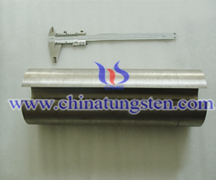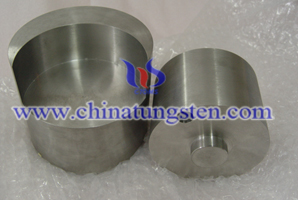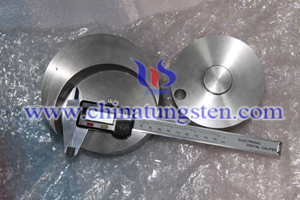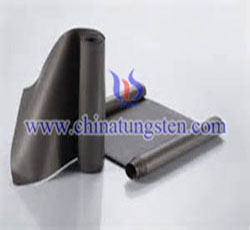Tungsten polymer sheet applications are mainly for radiation protection as its high density but easily to be cut into
different shape needed, which have been proven to be safe and have no effect on
the human body. Tungsten polymer is a high-polymer material that possesses the
properties of both plastic and rubber, so it is easily to be cut or holed with
household scissors and formed into shapes with various curved surfaces.
Other radiation shielding products have
been made mainly from sheets of metal such as lead, it also has ability of
radiation protection, however, as it is lower density, making the shielding
much heavier and very hard to handle, and there have been concerns about their
effects on the human body. In contrast, tungsten polymer sheet comprised of
soft thermoplastic lassoers integrated with an inorganic substance is mainly
used for radiation protection applications. Tungsten polymer sheet applications are mainly as follows:
Radiation shielding and
radiation-protective equipment;
X-ray inspection device for industrial and
medical use;
Gamma-ray shielding material and substitute
for lead fiber mat in nuclear reactor piping systems.



